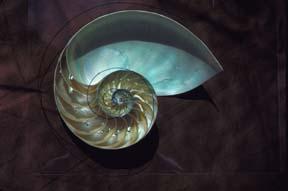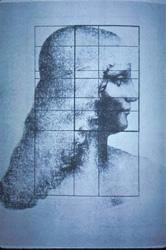Facial beauty is perceived as pleasing and attractive when there is balance and harmony of facial features. Although we can subjectively appreciate a beautiful face we can also evaluate beauty mathematically. The mathematical analysis of the face uses the “golden proportion”.
Beauty is inherent to the human mind.
The human mind perceives some forms as beautiful and others as unbalanced and less pleasant. This sense of beauty is inherent to the human mind and is not learned. Newborns recognize their mother by facial proportions. Infants respond to beautiful forms. Very young children can identify attractive faces. Even across different ethnicities and cultures there is a common understanding of who is attractive. Different cultures and eras have slight difference in perception of an attractive face, but these variations are more a matter of style than a change in the underlying appreciation of the proportions of beauty.
Beauty can be described mathematically in the “golden proportions.”
We better understand the underlying mathematical and scientific basis of beauty. The first reference in western culture to the pleasure derived from mathematical proportions came from the Greek philosopher Pythagoras. The first mathematical formula for beauty came from Italy in the 1495 from Fibonacci who described the “De Divina proportione” which we now refer to as the golden ratio” or divine proportion.
The golden ratio of 1.618 to 1 is designated by the Greek letter phi and is used to create geometrical forms including the golden rectangle, golden triangle and the golden spiral (Nautilus shell). In 1509, Pacioli published a dissertation De Divina Proporcione (divine proportions) that related these proportions to human form art and architecture. Leonardo da Vinci illustrated that dissertation. Subsequently, many scientists have demonstrated the existence of golden proportions throughout nature, and the use of golden proportions in man-made forms.
Leonardo da Vinci illustrated that dissertation. Subsequently, many scientists have demonstrated the existence of golden proportions throughout nature, and the use of golden proportions in man-made forms.



